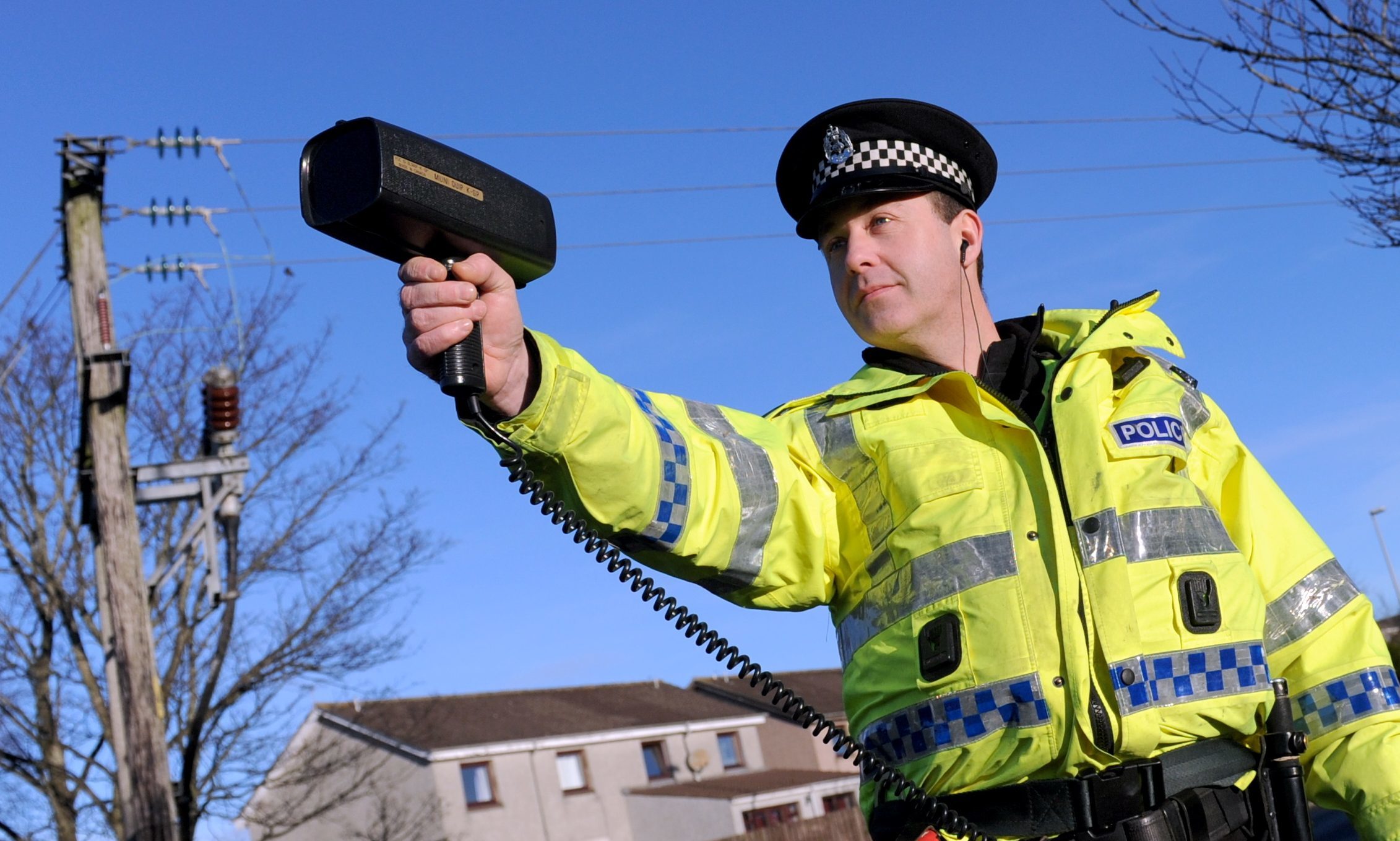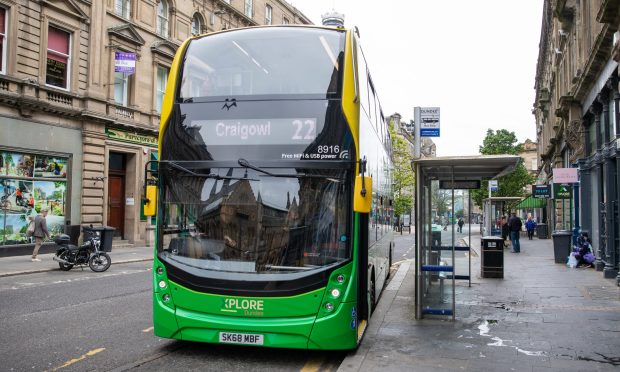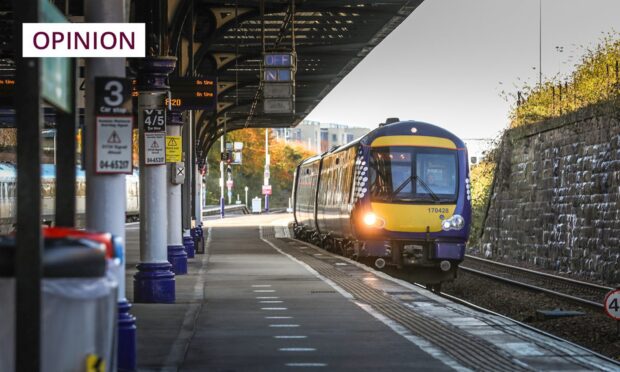Police officers made of cardboard seem a “ludicrous” idea but apparently they work.
Fife is ahead of the game, already using cardboard cutouts of officers holding radar guns to discourage speeding. In the Kingdom, it’s working — at least according to non-cardboard officers — so Tayside might follow along.
It’s not the first such idea, of course, generated by desperation and public pressure.
Authorities add bumps, change the road surface, narrow the street, erect flashing signs with guilt-inducing messages and paint markings in every colour the human eye can see. Even with a life-size fake police officer in the mix, the streets can’t get any weirder.
But engineering can only take you so far, because sooner or later an idiot comes along and the problems start.
For years, I lived by the side of the A93 in Perthshire. It’s a Petri dish for anyone who wants to study human fallibility.
I saw a lot of blood and mangled steel over the years, although admittedly, the problem was eased when the council changed the camber of the road, reducing the frequency at which people landed in my hedge.
Ironically, the only time that road is safe is when it’s closed due to an accident, because the common factors in all crashes are people and motor vehicles.
As we wait for self-driving cars to be rolled out, the only hope we have is changing human behaviour. Let’s all do our part.
In a car with a heavy-footed driver? Call them on it.
See a car speeding by? Report it.
Tempted to go a bit faster? Resist and behave. Better still, take the bus if there is one.
They may be ludicrous and helpful but cardboard police are also mightily depressing.
Yes, let’s try them but let’s learn the lesson they carry: we can all do better.










